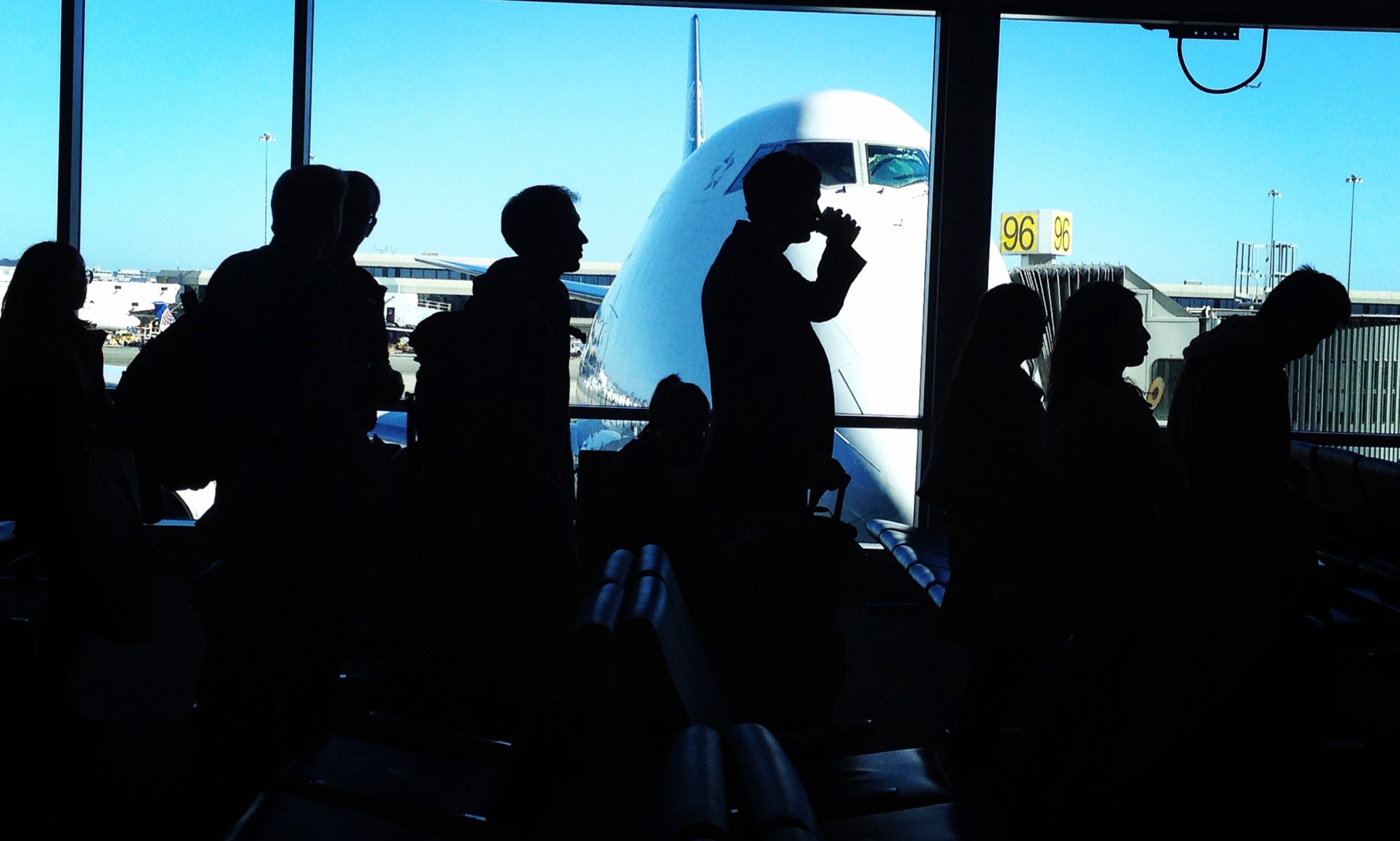The White House is interested in modeling Australia’s approach to national infrastructure. Here’s how they do it Down Under.
Clement Tan | June 9, 2017 | CityLab
The White House’s “Infrastructure Week” didn’t offer many clues about how the Trump administration might approach its promise to “spend big” on ailing infrastructure in the United States. But when it comes to financing roads, bridges, and other projects through public-private partnerships, we know Trump advisers have one model in mind that Australia figured out nearly 10 years ago.
In July 2008, facing the fact that inadequate infrastructure could limit economic growth, the Australian government decided to do what it had never done before: infrastructure planning on a national level.
That month, the federal government created a statutory body—Infrastructure Australia—that brought together the public and private sectors to devise a long-term strategy and prioritize key projects for funding.
Continue reading “Australia’s Tantalizing Lessons on Privatizing Infrastructure”
